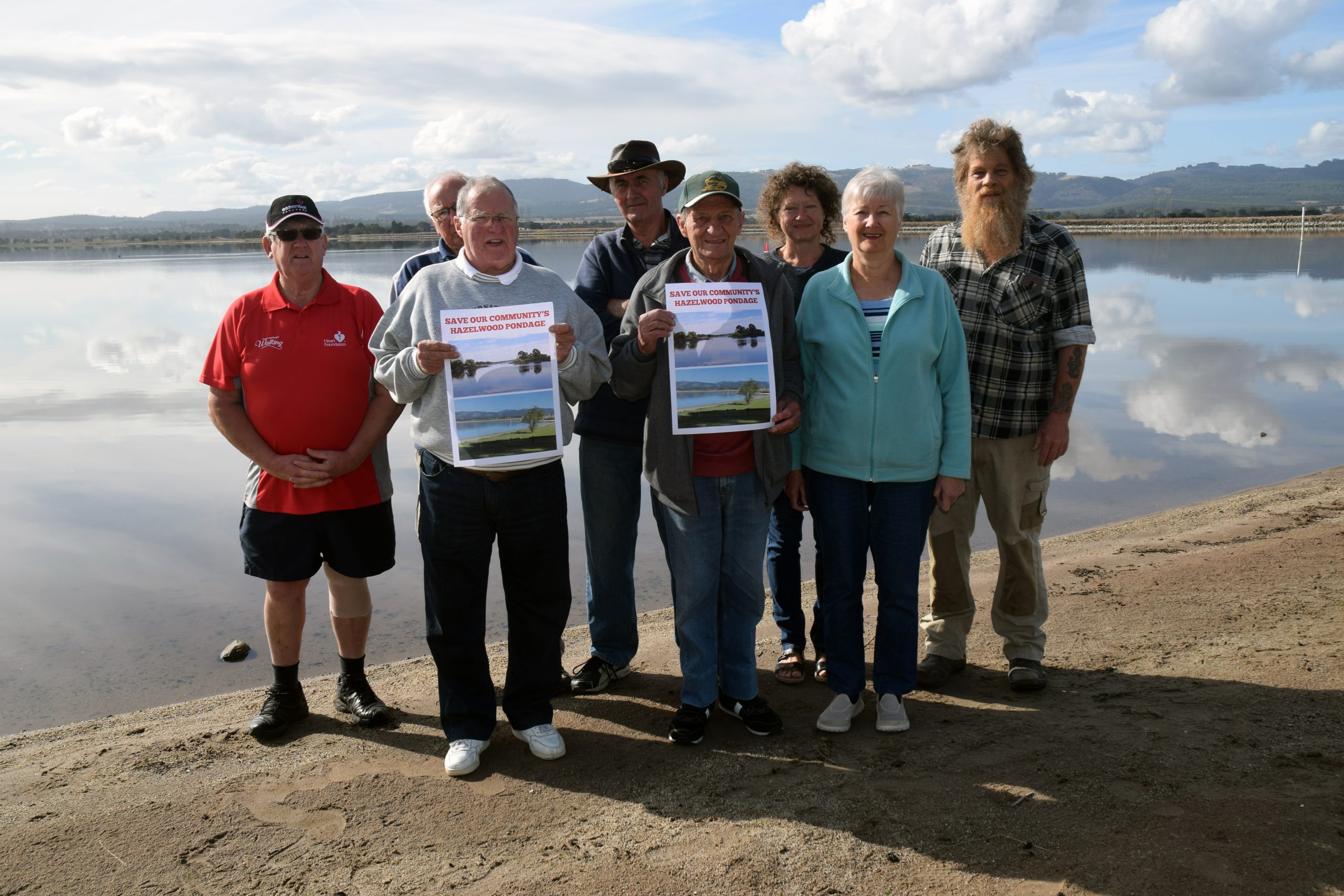Property industry activity was more significant in the Latrobe Valley than almost all other Victoria regions, pumping more than $1 billion into the state’s ‘property industry gross product’ in 2009-10.
A Property Council of Australia report, which revealed the industry employed more than 10,000 full-time workers in the Valley over the same period, has come at a time when the local residential and commercial building sector is facing a downturn and some of its bigger players have either folded or face potential closure.
Though local economic development and real estate spokespersons conceded the market had “slowed” in more recent months, they also claimed the current quiet period could prove to be the “calm before the storm” if potential major projects for the region came to fruition and confidence was restored.
The significance of the industry to Gippsland was well documented in the PCA report released last week.
It showed the property industry accounted for 12.8 per cent of employment across Gippsland, second only to the ‘statistical division’ of Barwon, which includes Geelong.
While Latrobe contributed 1.3 per cent of Victoria’s property industry gross product, higher than Ballarat’s 1.2 per cent, the report said Gippsland contributed $2.5 billion to the state’s gross product, also second to Barwon’s $3.7 billion.
For the 2009-10 period Latrobe issued 1288 building approvals, totalling $322 million in the residential sector and $176 million in the non-residential sector.
However, local permit approval numbers were well down on those issued in Geelong, Bendigo and Ballarat and marginally lower than Shepparton’s, according to the report.
Overall, the report found property was the largest industry in Victoria.
In response, the Masters Builders Association, which has highlighted the “current poor conditions in the building industry” this month, told The Express the First Home Bonus needed to be extended, adequate supply of land must be available for housing and reforms must simplify planning laws.
Latrobe City Council manager city planning Chris Wightman said more than 800 hectares of land had been rezoned for residential development in Latrobe and that council was currently assessing development overlay plans from developers for five new precincts.
It was also working on its own development plan for a Traralgon north precinct off Marshalls Road, he said.
Mr Wightman said some of those plans, including one for an extension of Traralgon’s Erin Park, were “close to being presented to council for final decision making”.
Development overlay plans need to address infrastructure requirements, implications for growth of the municipality, road and pedestrian connectivity issues and other “high quality liveability” outcomes.
Mr Wightman said there were anecdotal indications demand for the rezoned land was still high.
“We just have to work on making the assessment process expeditious, with the developers and the community,” he said.
Stockdale and Leggo real estate agent Jim Demetrious confirmed the demand, saying of the 60 lots released in past months as part of stage one and two in Morwell’s Heritage Boulevard, around 45 had already sold.
Though prices had stabilised and property’s needed to be realistically priced, Mr Demetrious said, despite a slow in the market, the Valley was “doing quite well, real estate-wise” compared with state figures.
Mr Demetrious attributed the market’s survival to affordability, a diversity in employment and “the infrastructure the Valley has to offer”.
He also said the investment market had “really picked up”.
Both Mr Demetrious and Latrobe City manager economic development Geoff Hill forecast that current uncertainty in the region would ease and “huge opportunities” for a diversified industrial base would stimulate local building activity.
“I think we are almost going through the calm before the storm,” Mr Hill said.
“There are a number of projects proposed that, if they go ahead, they will play right into the economy…everyone is pulling their horns in right now to wait and see what is going to happen but I think as the carbon legislation kicks in it will provide a more secure environment and people will understand a bit more and there will be plenty of work.”











